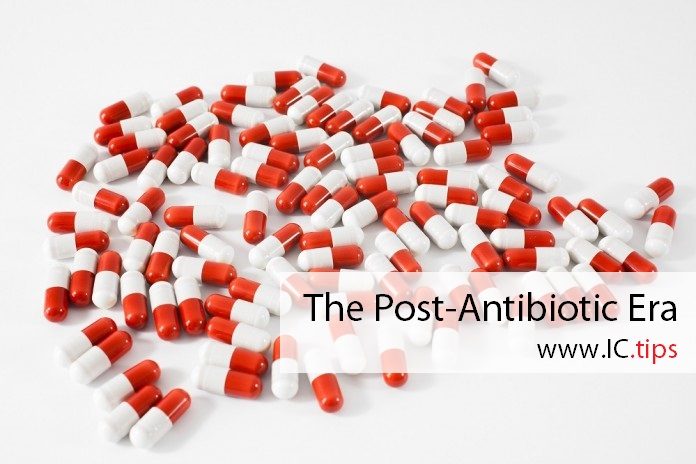In April 2014, the World Health Organization (WHO) released a report detailing the serious threat of antibiotic resistance. The ‘post-antibiotic’ era is fast approaching and we need to take action now. Minor injuries and common infections that were once treatable are now capable of killing anyone and anywhere.
Minor injuries and common infections that were once treatable are now capable of killing anyone and anywhere.
Even before the release of the 2014 WHO report, topics regarding emerging antibiotic resistance and the post-antibiotic era were already happening. Resistance to penicillin was already observed in Escherichia coli and Staphylococcus aureus while it was being mass-produced in the 1940s. Sir Alexander Fleming, the discoverer of penicillin, warned that incorrect use of penicillin could result in the selection of S. aureus mutants that are resistant and could cause a more severe infection. However, this did not stop us from mass-producing penicillin and continually using it to treat infections; even infections that should not have been treated with penicillin. This has resulted in the enrichment of dangerous pathogens like MRSA, which is known to be highly resistant against many penicillins and cephalosporins.
Flash forward about 50 years to 1992 when Mitchell Cohen first mentioned that we could be heading towards a ‘post-antimicrobial’ era. He surmised that the frequency of resistance is affected by many factors including social and technological changes enhancing the spread of organisms, the characteristics of the pathogens, and how antimicrobials are used. Currently, commonly used antibiotics are becoming less effective at treating infections resulting in longer and expensive treatments and more serious symptoms/problems. In 2013, the CDC reported that approximately 2 million people in the United States each year are infected with a pathogen that is resistant to at least one antibiotic. Of those 2 million people, at least 23,000 will die as a direct result of the infection, and many more will die due to other conditions arising from the infection.
Pneumoniae, urinary tract infections, and sepsis are a few serious, yet common diseases that are becoming resistance to antibiotics. Resistance against these antibiotics was practically non-existent when the drugs were first introduced. However, countries all over the world are reporting cases where the antibiotics are completely ineffective in treating patients with infections. Even last resort antibiotic treatments, such as carbapenems and third-generation cephalosporins, are no longer effec010tive against multi-drug resistant bacteria or “superbugs,” which have caused temporary hospital closures and quarantines around the globe.
Countries all over the world are reporting cases where the antibiotics are completely ineffective in treating patients with infections.
For economic reasons, the pharmaceutical industry and governments around the world are not investing as much into finding new drugs. However, with increases in lengths of hospital stays, the severity of infections, health care costs, and the number of deaths rise exponentially. We are at a stage where we need to take action while we still can.
References:
- Cohen, ML. Epidemiology of drug resistance: implications for a post-antimicrobial era. 1992. Science 257(5073):1050-5.
- Trnobranski, PH. Are we facing a ‘post-antibiotic era’? – a review of the literature regarding antimicrobial drug resistance. 1998. J Clin Nurs 7(5):392-400.
- Alanis, AF. Resistance to Antibiotics: Are We in the Post-Antibiotic Era?. 2005. Arch Med Res 36(6):697-705.












